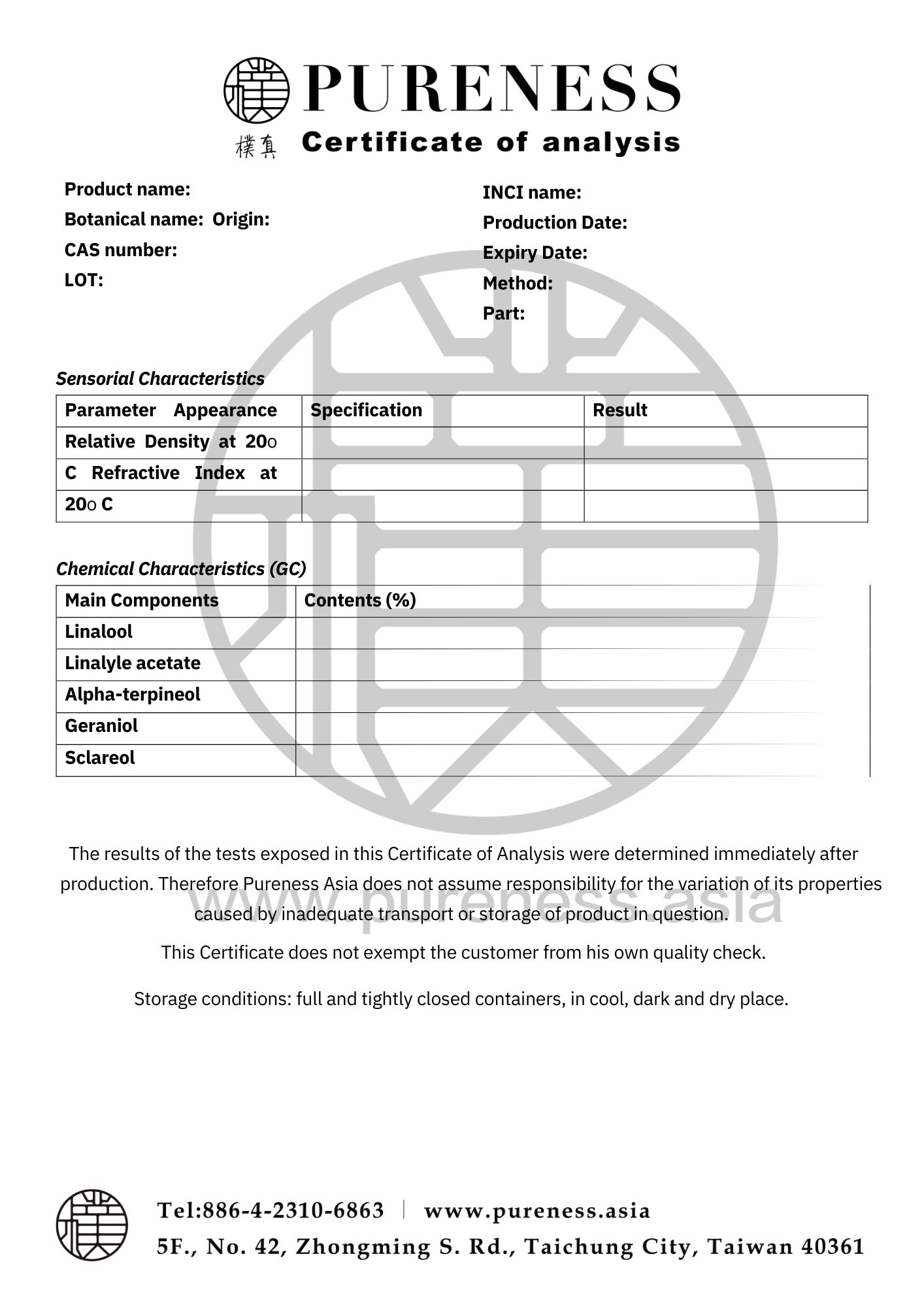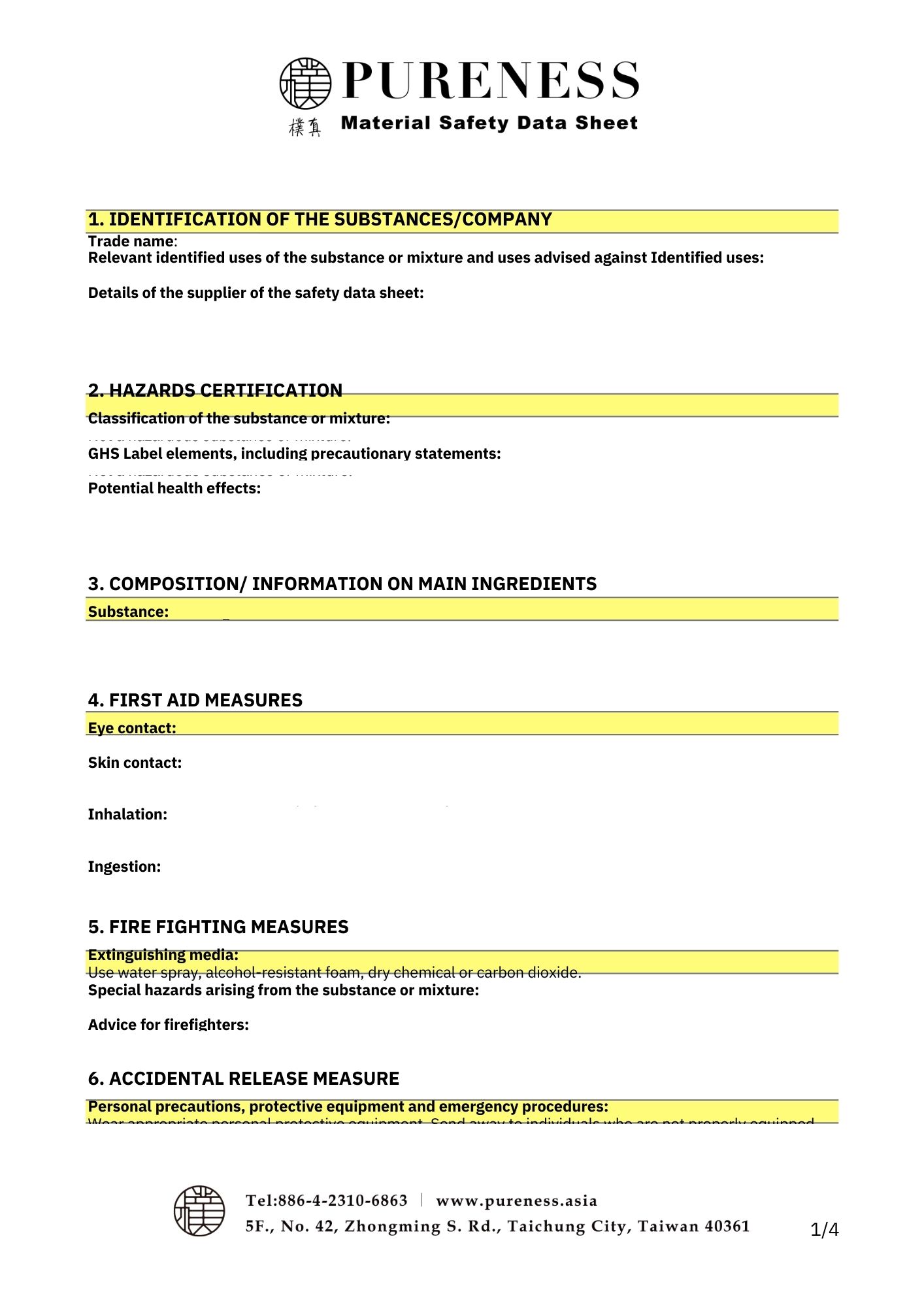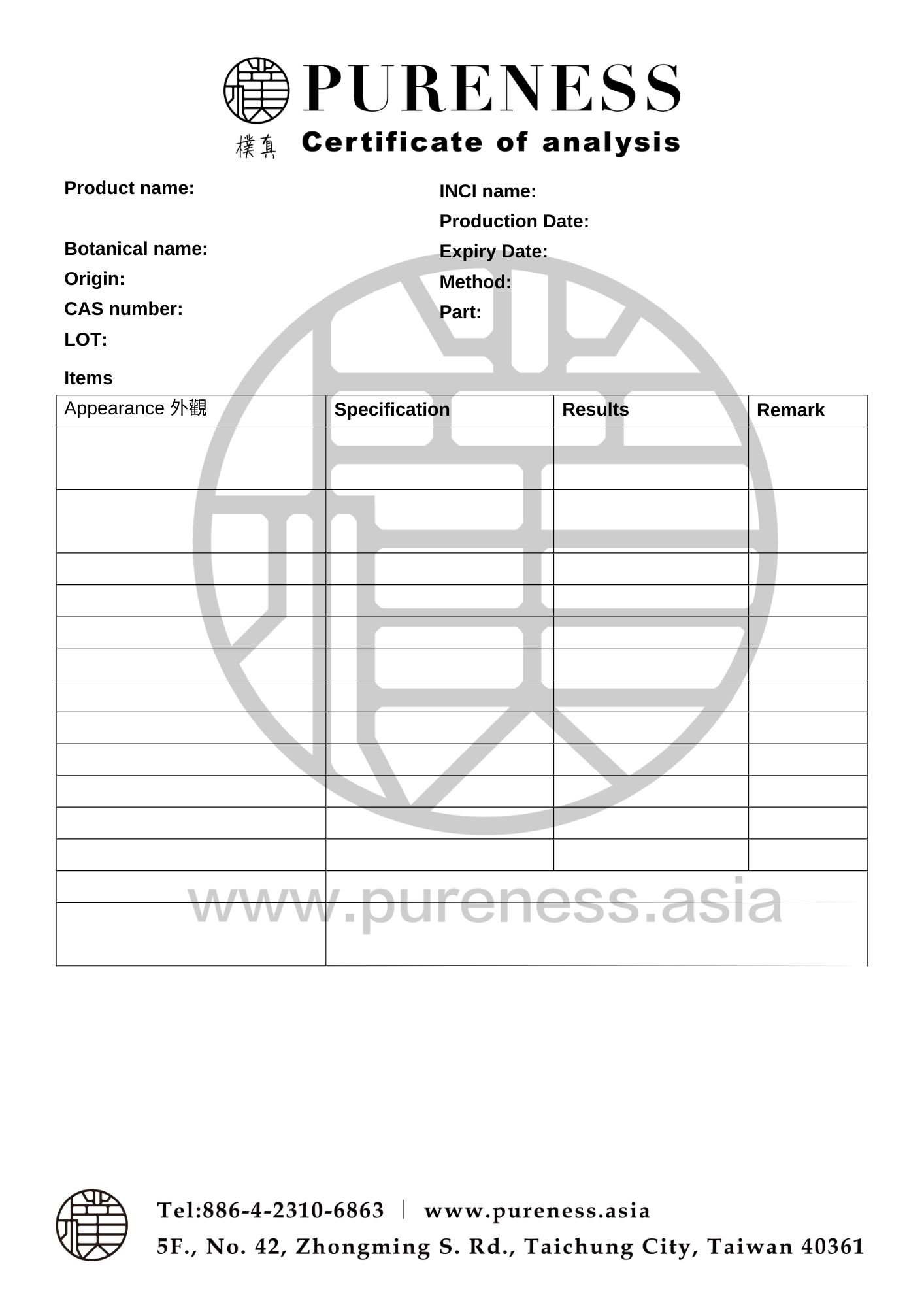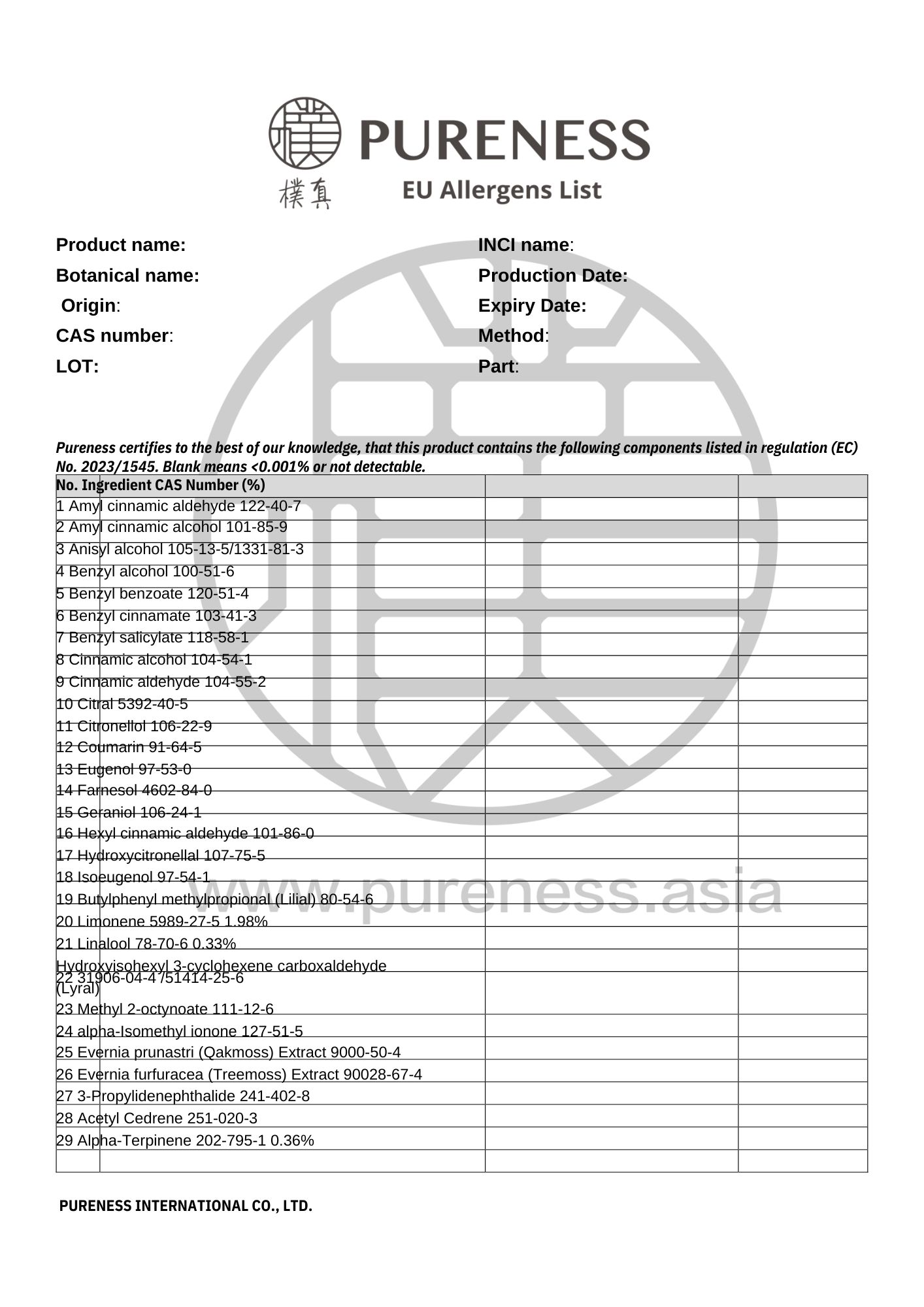
大马士革玫瑰 Damask Rose
拉丁学名|Rosa damascena
主要产地|保加利亚
原料分类|花朵系列
原料规格|500g-25kg 详情请咨询业务
萃取部位|花朵
萃取方式|蒸馏
植物科别|蔷薇科蔷薇属
植物气味|清新温柔的花朵气味
▎精油简介
大马士革玫瑰(Rosa damascene)被比喻为信仰、纯洁、爱与美丽的代表,伊朗人也称玫瑰为「先知之花」。大马士革玫瑰,也叫波斯玫瑰、突厥蔷薇,最早发源于波斯(现今的伊朗),原产于叙利亚,因此以其首都命名,后来十字军东征时将这种品种的玫瑰带回欧洲,而大马士革城便成为这种玫瑰的集散地,所以将其改名为大马士革玫瑰。
大马士革玫瑰,也是世界公认的优质玫瑰品种。纯净、细致的花香使其冠压群芳,成为香料玫瑰中的上品,因而被广泛种植用以提取玫瑰精油、玫瑰纯露等产品。大马士革玫瑰纯露溶于水,有补充水分、止痒、延缓老化等作用。目前质量最好的大马士革玫瑰产地位于保加利亚的玫瑰谷,卡赞勒克(Kazanlak), 每年5至6 月的采收季节,吸引全球旅人前往朝圣,希望一睹大马士革玫瑰的迷人姿态。
▎成分解析
|主要成分:单萜醇
玫瑰常见的主要成分为香茅醇Citronellol (24.47–42.97%)、十九烷Nonadecane (6.44–18.95%)、香叶醇Geraniol (2.11–18.04%)、乙醇Ethanol (0.00–13.43%)、二十一烷Heneicosane (2.28–8.90%)、橙花醇Nerol (0.75–7.57%)、十九烯1‐nonadecene (1.80–5.40%)、芳樟醇Linalool (0.7–2.8%)、苯乙醇Phenylethyl alcohol(1.2-1.9%)、玫瑰含两大主成分分别为香茅醇以及香叶醇。
|成分1:香茅醇(Citronellol)
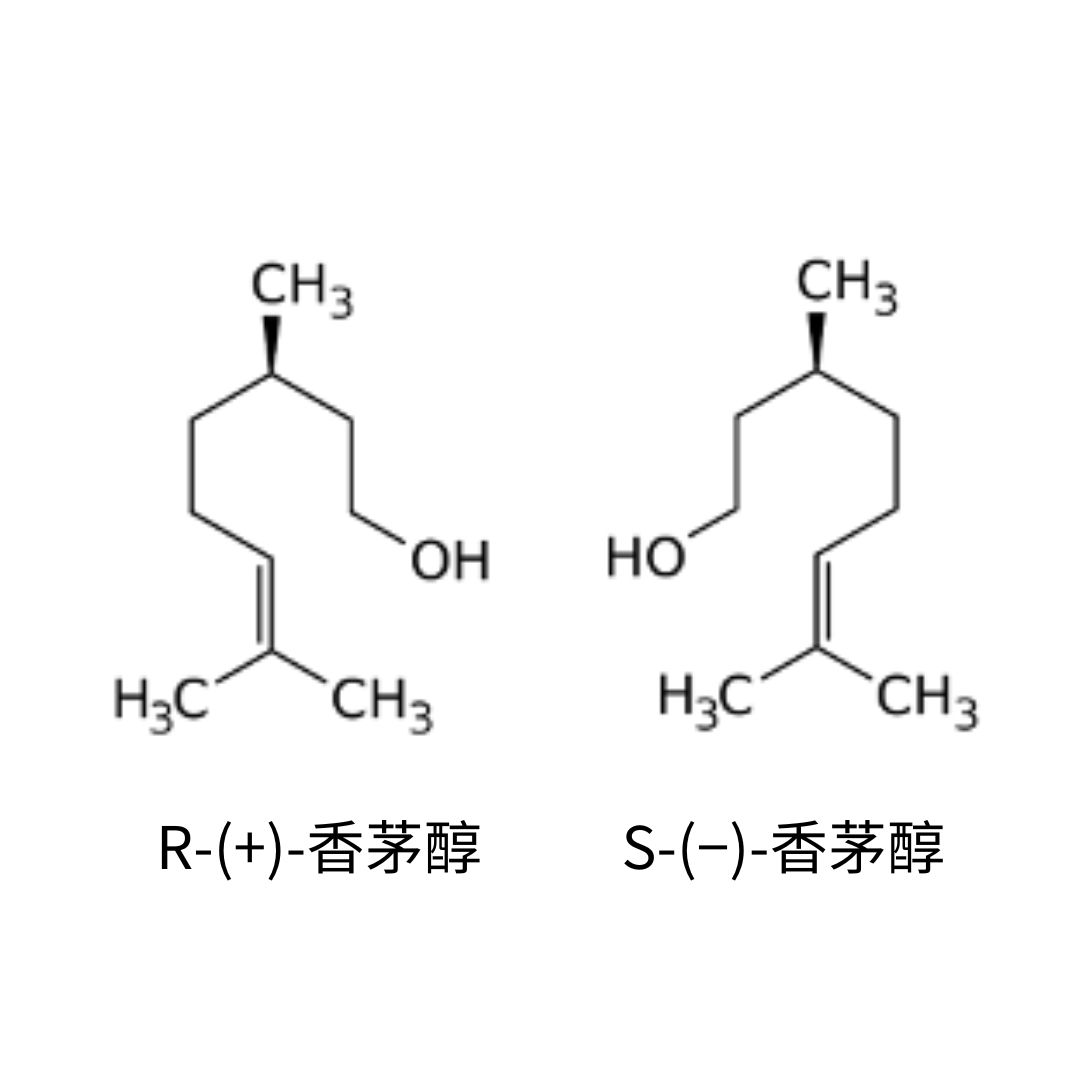
▸ 在天然物当中,具有两种立体位向,分别为R-(+)-香茅醇,主要存在于香茅精油当中,以及S-(−)-香茅醇,主要存在蔷薇属及牻牛儿科属植物当中。
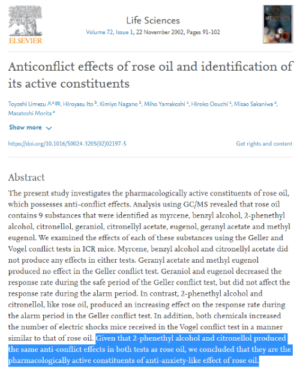
▸ 香茅醇对于神经系统、真菌、白色念珠菌、隐球菌有相关的研究。
|成分2:香葉醇(Geraniol)
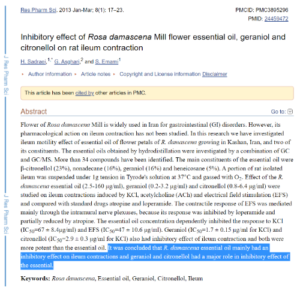
▸ 香叶醇针对肠胃道机能、腹痛的影响有相关的研究。
|成分3:橙花醇(Nerol)
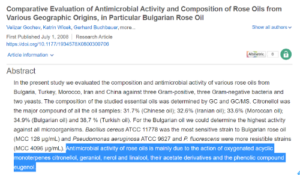
▸ 橙花醇对于菌的活性分子有相关的研究。
|成分4:苯乙醇(Phenylethyl alcohol)

▸对于乙酰胆碱酯酶(AChE)和丁酰胆碱酯酶(BChE)的及DPPH抗氧化的作用有相关的研究。
|原料认证
欲取得相关认证资料请联系官方客服
▎参考文献
- J. Hoare, 英国IFA芳香疗法圣经, 新北市: 大树林出版社, 2015.
- Boskabady, Mohammad Hossein, et al., "Pharmacological Effects of Rosa Damascena," Iranian journal of basic medical sciences, vol. 4, no. 14, p. 295, 2011.
- Basim, E., and H. Basim., "Antibacterial activity of Rosa damascena essential oil," Fitoterapia, vol. 4, no. 74, pp. 394-396, 2003.
- A. Bayrak and A. Akgül, "Volatile oil composition of Turkish rose (Rosa damascena).," Journal of the Science of Food and Agriculture, vol. 4, no. 64, pp. 441-448, 1994.
- Verma, Ram Swaroop, et al., "Volatile constituents of essential oil and rose water of damask rose (Rosa damascena Mill.) cultivars from North Indian hills," Natural product research,vol. 17, no. 25, pp. 1577-1584, 2011.
- Baser, K. H. C., M. Kurkcuoglu, and T. Ozek.,"Turkish Rose Oil Research Recent results.," Perfumer and Flavorist, vol. 2, no. 28, pp. 34-43, 2003.
- Katsukawa, Michiko, et al., "Citronellol and geraniol, components of rose oil, activate peroxisome proliferator-activated receptor α and γ and suppress cyclooxygenase-2 expression.," Bioscience, biotechnology, and biochemistry, vol. 5, no. 75, pp. 1010-1012, 2011.
- J. Lawless, The Illustrated Encyclopedia of Essential Oils., 1995.
- Umezu, Toyoshi, et al., "Anticonflict effects of rose oil and identification of its active constituents.," Life sciences, vol.1, no. 72, pp. 91-102, 2002.
- Sadraei, H., G. Asghari, and S. Emami., "Inhibitory effect of Rosa damascena Mill flower essential oil, geraniol and citronellol on rat ileum contraction.," Research in Pharmaceutical Sciences, vol. 1, no. 8, p. 17, 2013.
- Gochev, Velizar, et al., "Comparative evaluation of antimicrobial activity and composition of rose oils from various geographic origins, in particular Bulgarian rose oil.," Natural Product Communications, vol. 7, no. 3, p. 1934578X0800300706, 2008.
- T. H. C. e. a. Marques, "Evaluation of the neuropharmacological properties of nerol in mice.".2013.
- Senol, Fatma Sezer, et al., "A mechanistic investigation on anticholinesterase and antioxidant effects of rose (Rosa damascena Mill.)," Food research international, vol. 1, no. 53, pp. 502-509, 2013.
- Halawani, Eman M., "Antimicrobial activity of Rosa damascena petals extracts and chemical composition by gas chromatography-mass spectrometry (GC/MS) analysis.," AfricanJournal of Microbiology Research, vol. 24, no. 8, pp. 2359-2367, 2014.
|部分图片来自网络,若有侵权请联系删除|
